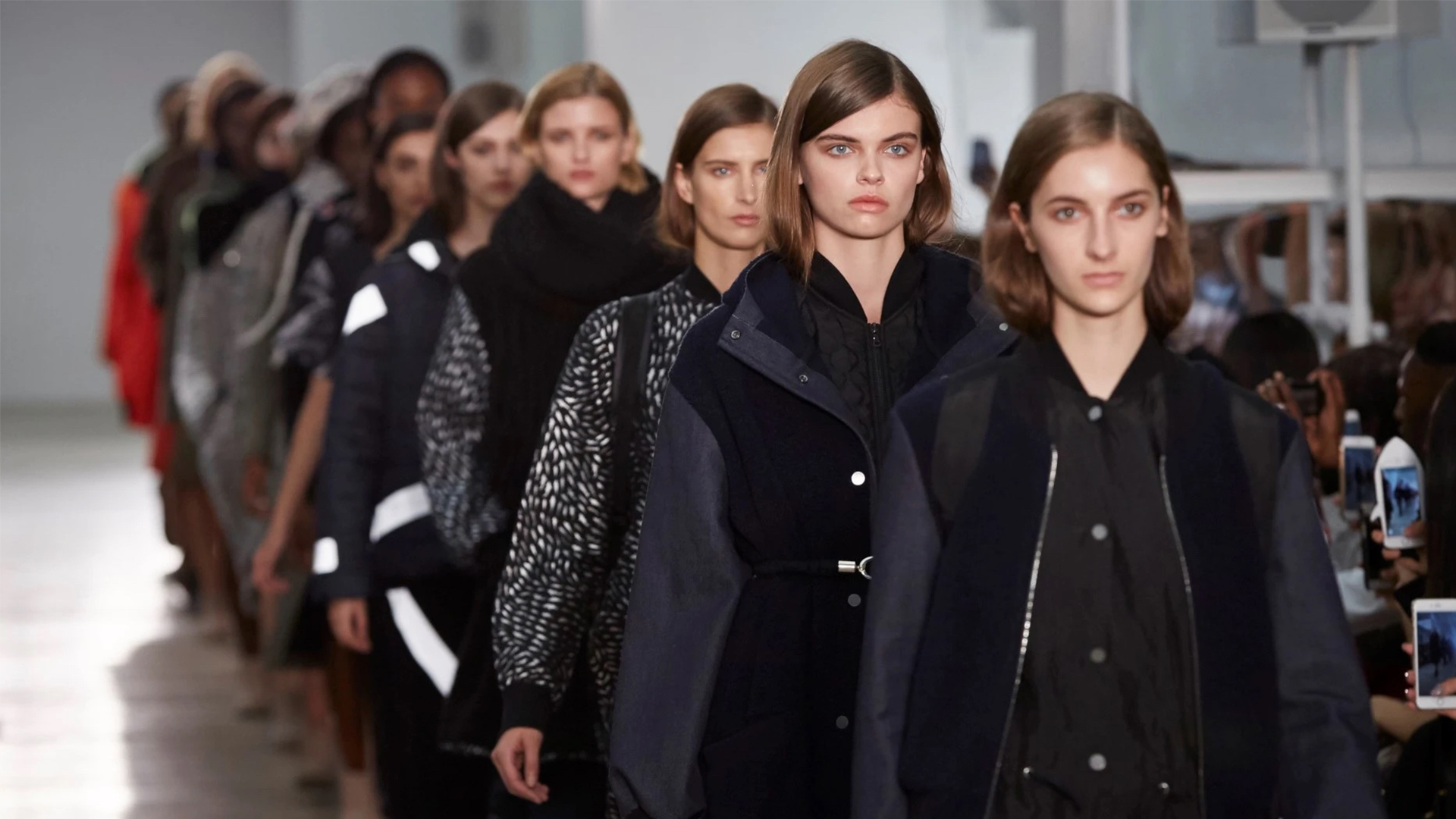
The Dark Side of Fashion Influencing: Addressing Issues of Authenticity and Transparency
Fashion influencing, a digital phenomenon that has transformed ordinary individuals into style icons and trusted sources of fashion advice, is not without its challenges. The issues of authenticity and transparency within this industry have raised significant concerns, impacting not only the credibility of influencers but also the trust of their followers. This article aims to shed light on the less glamorous side of fashion influencing, empowering you with the knowledge to navigate these challenges and foster genuine connections in the industry.
The Dark Side of Fashion Influencing
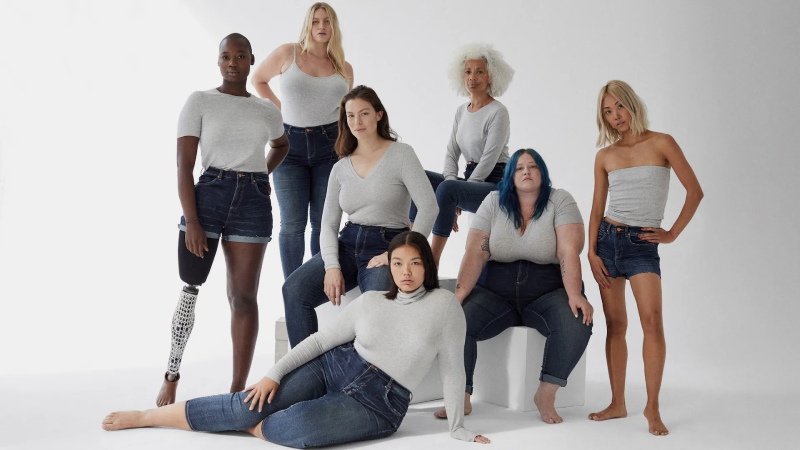
At its core, fashion influencing is about setting trends and inspiring followers with unique style choices. However, as the industry grows, so do the temptations and pressures that can lead to unethical practices. Influencers are often enticed by lucrative deals from brands, which can result in biased promotions that prioritize profit over genuine recommendations. This can erode the trust between influencers and their audience, as followers begin to question the authenticity of the endorsements they see. The relentless pursuit of perfection and relevance can drive influencers to present an unrealistic portrayal of their lives, further distancing them from the authenticity that initially attracted their followers. This can leave followers feeling misled and disconnected.
Transparency Breach in Fashion Influencing
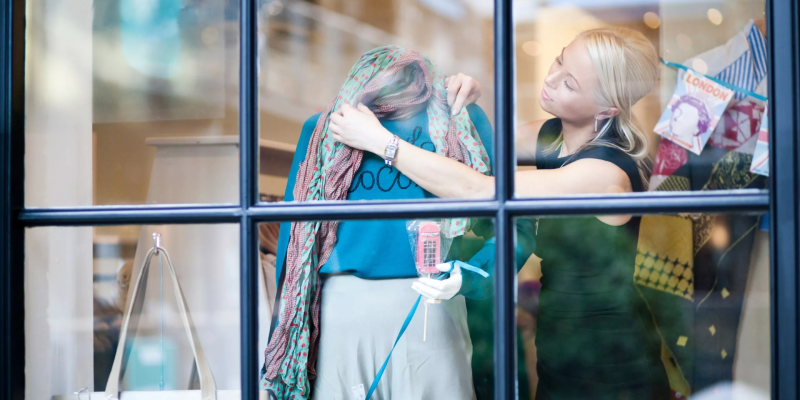
Transparency is crucial in maintaining the integrity of fashion influence. A transparency breach occurs when influencers fail to disclose their relationships with brands, leading followers to believe that their endorsements are unbiased. This can happen through undisclosed sponsorships, hidden affiliate links, or failure to declare gifted products. When followers are unaware of the commercial ties behind an influencer’s recommendations, it undermines their ability to make informed decisions. This lack of transparency can ultimately damage the influencer’s credibility and their audience’s trust, as followers may need to be more informed about the motives behind the content they consume.
Authenticity Breach in Fashion Influencing

Authenticity breaches in fashion influencing occur when influencers misrepresent their personal experiences or style to align with brand collaborations. This can involve promoting products they dislike, staging unrealistic scenarios, or heavily editing photos to meet unattainable beauty standards. Such practices deceive followers and contribute to a culture of inauthenticity within the industry. When influencers sacrifice their genuine voice to appeal to brands, they risk losing their unique connection with their audience. This disconnection can lead to a loss of followers and a diminished influence over time.
10 Major Issues Related to Authenticity and Transparency in Fashion Influencing
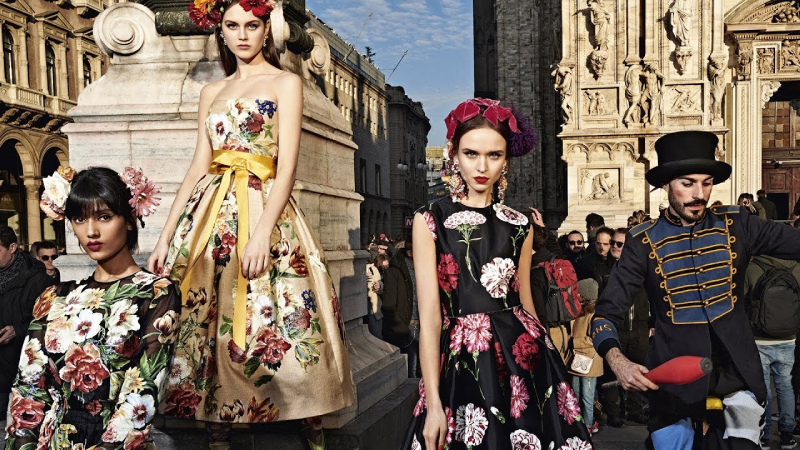
- Undisclosed Sponsorships: Influencers often need to disclose when their content is sponsored, leading to a lack of transparency about the commercial nature of their endorsements. This can deceive followers into thinking recommendations are genuine when they are actually paid for.
- Fake Followers and Engagement: Some influencers buy fake followers and engagement to inflate their perceived influence. This misleads brands and followers about their true reach and impact, undermining the authenticity of their platform.
- Over-Editing and Filtering: The excessive use of editing tools and filters creates unrealistic beauty standards, contributing to body image issues among followers. This inauthentic representation of reality can harm the self-esteem of viewers.
- Lack of Authentic Recommendations: Influencers promoting products they don’t genuinely use or believe in can lead to a disconnect with their audience. Followers rely on authentic recommendations, and a lack of genuine endorsements can damage trust.
- Pressure to Conform: Influencers often feel pressured to conform to industry standards and trends, even if it means compromising their authenticity. This can lead to a homogenized influencer landscape where individuality is sacrificed.
- Manipulative Marketing Tactics: Influencers may use manipulative marketing tactics, such as creating false scarcity or urgency, to drive sales. These tactics can exploit followers’ trust and lead to impulsive purchasing decisions.
- Unrealistic Lifestyle Portrayals: Presenting a perfectly curated lifestyle can create unrealistic expectations for followers. This inauthentic portrayal can make followers feel inadequate or dissatisfied with their own lives.
- Lack of Diversity: The fashion-influencing industry often needs more diversity, focusing on promoting certain beauty standards and styles. This lack of representation can marginalize minority groups and perpetuate narrow definitions of beauty. It’s important to remember that beauty comes in all shapes, sizes, and colors, and the industry should strive to reflect this diversity. By promoting a more inclusive range of styles and beauty standards, influencers can help followers feel more represented and accepted.
- Ethical Concerns with Collaborations: Collaborating with brands that have questionable ethical practices can damage an influencer’s reputation. Followers expect influencers to align with ethical and sustainable values. By promoting ethical collaborations, we can reshape the future of fashion influencing, reassuring followers that their trust is valued and respected.
- Over-commercialization: The over-commercialization of influencer content can make followers feel like they are constantly being sold to. This can lead to content fatigue and a loss of interest in the influencer’s platform. It’s important for influencers to find a balance between sponsored and non-sponsored content, and to ensure that their recommendations are always genuine and in the best interest of their followers.
8 Ways it Adversely Impacts the Masses
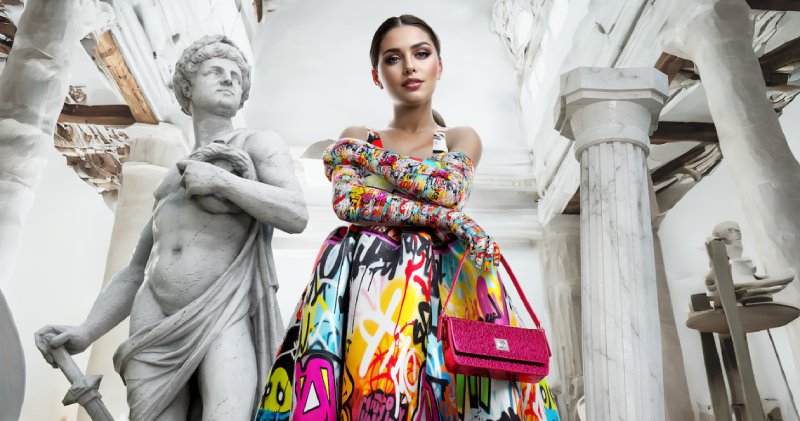
- Erosion of Trust: When followers discover that influencers are not transparent or authentic, their trust in the influencer and the broader industry erodes. This can make followers skeptical of all influencer recommendations.
- Mental Health Issues: The portrayal of unrealistic beauty standards and lifestyles can contribute to mental health issues among followers. Constant exposure to perfection can lead to feelings of inadequacy and low self-esteem.
- Misguided Purchasing Decisions: Lack of transparency can lead followers to make misguided purchasing decisions based on biased or insincere recommendations. This can result in wasted money and buyer’s remorse.
- Increased Skepticism: The prevalence of inauthentic practices can increase followers’ skepticism, making it harder for genuine influencers to build and maintain trust with their audience.
- Social Comparison: Constantly comparing themselves to the seemingly perfect lives of influencers can lead followers to feel dissatisfied with their own lives. This can negatively impact their overall happiness and well-being.
- Financial Strain: Followers influenced to make frequent purchases to keep up with trends can experience financial strain. This pressure to constantly buy new products can lead to unhealthy spending habits.
- Lack of Representation: The lack of diversity in fashion influence can leave minority groups feeling underrepresented and marginalized, perpetuating feelings of exclusion and a lack of belonging.
- Exploitation of Trust: Influencers who exploit their followers’ trust for financial gain can damage the overall credibility of the industry. This exploitation can lead to a loss of trust in digital marketing as a whole.
10 Ways to Address Issues of Transparency and Authenticity in Fashion Influencing
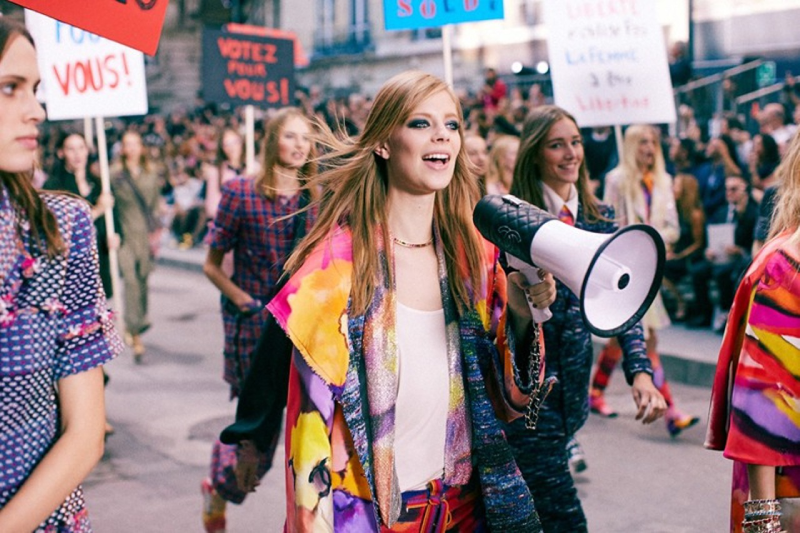
- Clear Disclosure Practices: Influencers should disclose all sponsored content and brand relationships clearly. Using standardized disclosure language and hashtags (#ad, #sponsored) helps maintain transparency and build trust.
- Authentic Content Creation: Encouraging influencers to create content that genuinely reflects their personal style and experiences fosters authenticity. Brands should prioritize long-term partnerships with influencers who align with their values.
- Diverse Representation: Promoting diversity within the fashion-influencing industry ensures that all audiences feel represented. Collaborating with influencers from different backgrounds and body types can help achieve this goal.
- Ethical Collaborations: Influencers should choose to collaborate with brands that uphold ethical and sustainable practices. This aligns their platform with values that resonate with their audience.
- Transparent Metrics: Influencers should be transparent about their follower demographics and engagement metrics. This helps brands make informed decisions and ensures that partnerships are based on genuine influence.
- Education and Awareness: Raising awareness about the importance of authenticity and transparency in the industry can encourage influencers to adopt best practices. Educational initiatives and workshops can facilitate this change.
- Accountability Mechanisms: Establishing industry standards and accountability mechanisms can help monitor and address unethical practices. This includes regular audits and peer reviews to ensure compliance with transparency guidelines.
- Support for Authentic Influencers: Brands and followers should actively support and engage with influencers who prioritize authenticity and transparency. This positive reinforcement can incentivize ethical behavior within the industry.
- Mental Health Advocacy: Influencers should promote mental health awareness and realistic beauty standards. Sharing personal struggles and vulnerabilities can help destigmatize mental health issues and promote self-acceptance.
- Feedback and Engagement: Encouraging open communication between influencers and their followers fosters a sense of community and trust. Influencers should actively seek feedback and engage in meaningful conversations with their audience.
Conclusion
In conclusion, while fashion influences offer exciting opportunities for creativity and connection, they also face significant challenges related to authenticity and transparency. By addressing these issues head-on through clear disclosure practices, authentic content creation, and ethical collaborations, the industry can rebuild trust and foster a more genuine relationship between influencers and followers. Embracing diversity, advocating for mental health, and promoting realistic standards can further enhance the positive impact of fashion, ensuring it remains a vibrant and trustworthy space for inspiration and self-expression.





